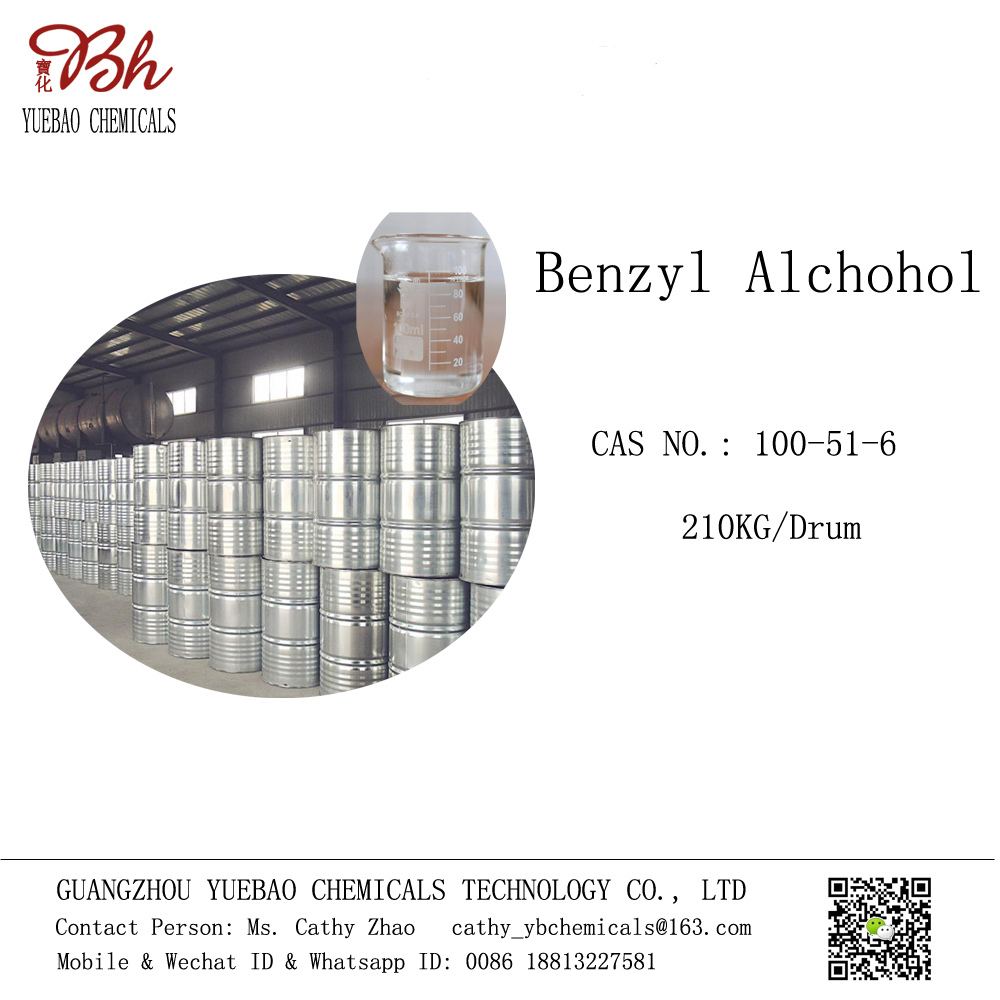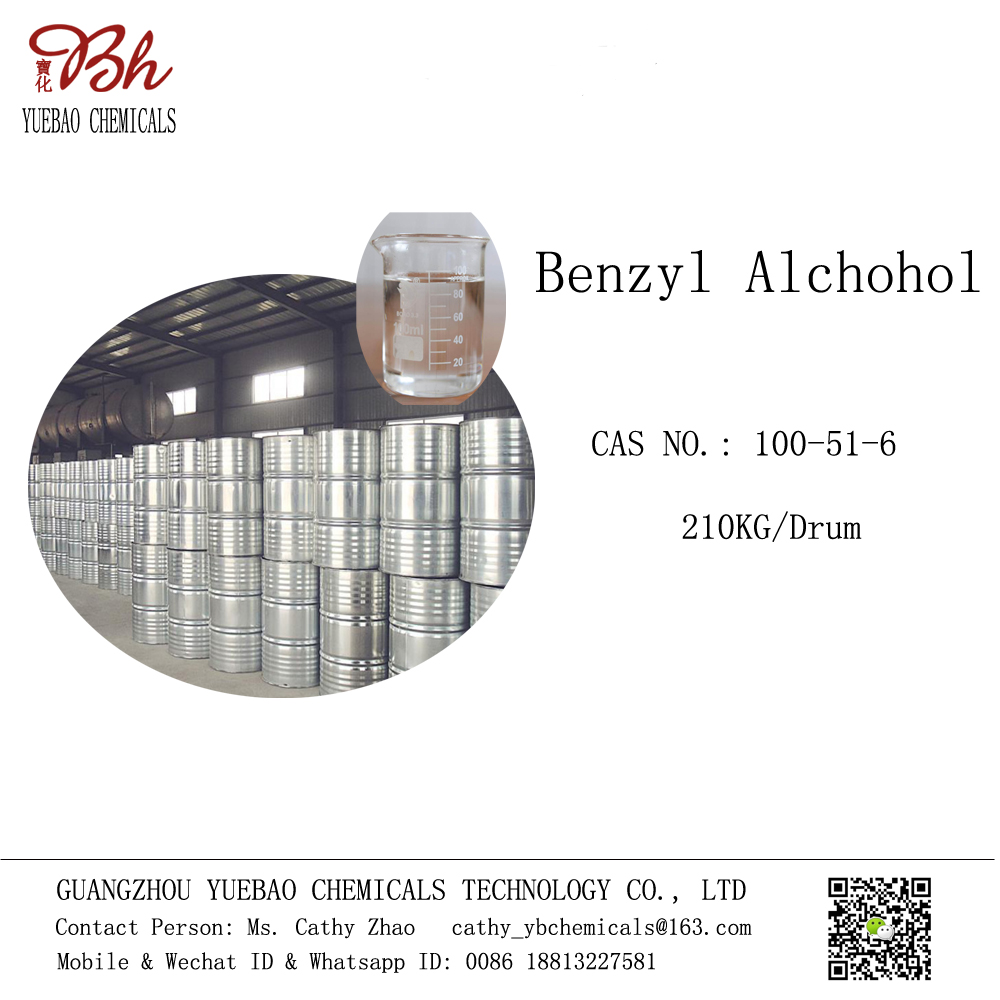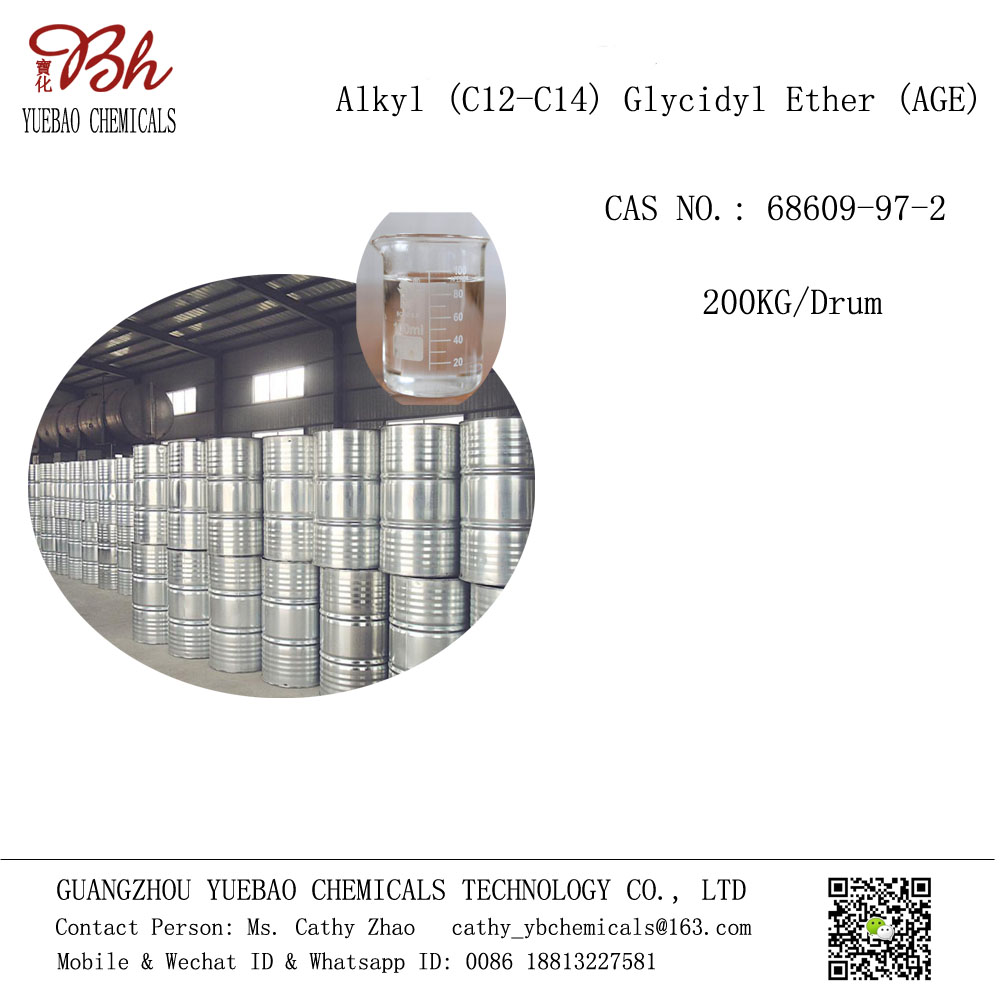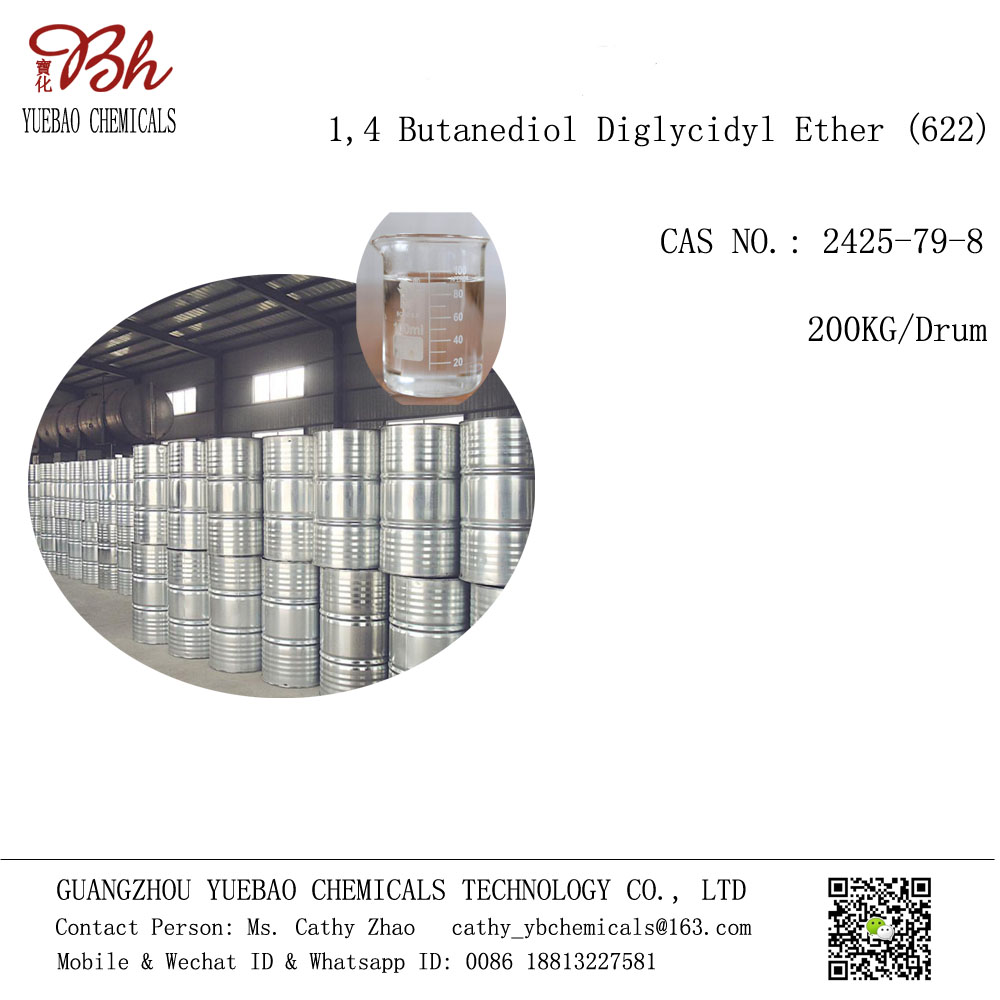The role of emulsifiers
Back to listSource: Release date:[2017-07-04 13:15:00] | Add to Favorites
Emulsifiers refer to surfactants that can stabilize emulsions. Therefore, after adding an emulsifier to the oil-water system, water and oil can be mixed with each other to form a completely dispersed emulsion. Emulsifiers can not only improve the stability of the emulsion, but also determine the type of emulsion.
The hydrophilicity and lipophilicity of emulsifiers are generally unbalanced, and their applicable occasions are also different. If the hydrophilic group of the emulsifier molecule is larger and stronger than the lipophilic group, it is a hydrophilic emulsifier, and it is easy to form an oil package. Water (O/W) type emulsion; on the contrary, if the lipophilic group of the emulsifier molecule is larger and stronger than the hydrophilic group, it is a hydrophilic emulsifier and easily forms water-in-oil (W/O) Type emulsion. Generally, emulsifiers with strong hydrophilicity are suitable for O/W emulsions, and emulsifiers with strong lipophilicity are suitable for W/O emulsions.
Generally, the "hydrophilic-lipophilic balance" (ie, HLB) can be used to express the difference in emulsifying ability. If the HLB is larger, the hydrophilic effect is greater, and the oil-in-water emulsion can be stabilized; on the contrary, the HLB is smaller, the lipophilic effect is greater, and the water-in-oil emulsion can be stabilized.
Emulsifiers are different according to their structure and properties. Emulsifiers can be divided into anionic, cationic and nonionic types; according to their sources, they can be divided into natural emulsifiers and synthetic emulsifiers; according to the type of action they can be divided into surfactants, Viscosity enhancers and solid adsorbents; according to their lipophilicity and hydrophilicity, they can be divided into lipophilic and hydrophilic.
Application field
Baking
Gluten
The emulsifier can interact with the gluten protein and strengthen the gluten network structure, so that the air retention of the dough can be improved, and it can also increase the resistance of the dough to mechanical impact and changes in fermentation temperature.
In the process of flour agglomeration, gluten forms a network-like structure. If the structure is weak, the CO2 produced by the yeast will disappear. When the dough is added with emulsifiers such as PANODAN, DATEM, SSL, ARTODAN, etc., the gluten structure is strengthened, so that the CO2 gas produced is well maintained. This structure gives gluten a good restraint and reduces the viscosity of the dough, thereby increasing the ductility of the gluten protein network, making the product softer and easier to shape.
bread
Emulsifiers can soften the bread texture and keep it longer. Because it can reduce the loss of water from the protein structure and delay the formation of hard proteins. Moreover, after baking and cooling, the wheat dough amylose will condense into an insoluble state as the temperature decreases and the time is extended, and then becomes hard and brittle, thereby greatly reducing the softness of the bread.
Saturated distilled monoglycerides make the most representative and effective dough softener. Add monoglycerides and other emulsifiers to the dough, which will be absorbed by starch molecules after stirring. When the dough temperature reaches about 55°C, the emulsifier will interact with amylose to form a helical complex. This reaction will increase the gelatinization temperature of starch granules and reduce the total amount of gelatinized starch in the noodles at low temperatures, thereby reducing the degree of crystallization of starch molecules, and preventing amylopectin from agglomerating from within the starch granules, preventing starch aging and retrogradation .
cake
When making cakes, such as sponge cakes, pound cakes, and sandwich cakes, stir in air to form milk froth. The saturated fatty acid chain in the emulsifier can make the boundary area between the batter and the air chamber form a smooth film-like structure, which will stabilize the air chamber , And increase the number of air chambers at the same time. Adding an emulsifier can reduce the specific gravity of the batter, increase the volume of the cake, and obtain good quality and appearance.
Disperse fat evenly in cakes, prevent oil from oozing, improve taste, increase brittleness, and reduce the amount of eggs (usually 0.3%~1%)
Emulsifier drinks
Vegetable protein drink
The emulsifier can make the vegetable protein oil not stratify and prepare a stable emulsion.
Powder drink
Adding an emulsifier to the powdered beverage of the granule can improve its wettability and dispersibility in the aqueous solution. Adding emulsifiers to chocolate drinks can improve the dispersibility, and adding emulsifiers to cocoa drinks can also make the dispersibility better.
Beverage flavor
Stabilize the emulsification of natural flavor oil and prevent the loss of flavor in the product. Emulsifying flavors are used for emulsification, which imparts aroma and turbidity to beverages. Polyglycerol fatty acid esters and saponins with high HLB value can be used to make emulsified flavors. Beverages added with emulsified flavors are mostly acidic, while polyglycerol fatty acid esters and saponin have excellent acid resistance, so they are very suitable. Lecithin with good hydrophilicity and high acid resistance can also be used. Alcoholic beverages, coffee beverages, and artificial condensed milk can use glycerides, sorbitan fatty acid esters, and propylene glycol fatty acid esters.
Sparkling drink
Generally, the foaming power of emulsifiers in water is the largest near the fatty acid carbon number 12, and the foaming power of Quillaja saponins is also very strong. The foaming beverages of European and American countries all add saponins of saponins as foaming agent, so that there are a large number of fine air bubbles and the taste is good, and the product quality is improved.
Dairy products
The emulsifier added with demulsification can be used as a defoamer for dairy products processing to break the balance of the emulsion. The emulsifier containing unsaturated fatty acids has the effect of inhibiting foam.
Emulsifier desserts
ice cream
Enhance emulsification and shorten the mixing time. It is beneficial to inflate and stabilize the foam, make the product produce tiny ice crystals and evenly distributed tiny bubbles, increase the specific volume and improve the thermal stability, so as to obtain an ice cream product with dry texture, loose texture, good shape retention, and smooth surface. The dosage is 0.2%~0.5%.
chocolate
Increase the friction and fluidity between chocolate particles, reduce viscosity, improve fat dispersion, and prevent blooming. Improve thermal stability and improve product surface smoothness.
candy
Disperse fat uniformly, increase the fluidity of massecuite, easy to cut and separate, improve production efficiency, increase product texture, reduce viscosity, and improve taste.
chewing gum
Improve base material miscibility and uniformity, improve plasticity, brittleness, and prevent adhesion during production, thereby improving production efficiency, changing the emulsification and dispersion of spices, and enhancing flavor. Generally, water-in-oil emulsifiers have better effects. The dosage is 0.5%~1%.
condensed milk
The combination of lipophilic emulsifiers with HLB value and other hydrophilic emulsifiers can improve the emulsification stability of beverages and condensed milk.
Margarine
Improve the oil-water compatibility, fully emulsify and disperse the water, and improve the stability of the emulsion. The dosage is 0.1%~0.5%.
Emulsifier daily necessities
makeup remover
An emulsifier is added to the cleansing oil, and the emulsification can dissolve the oily makeup and dirt on the face. If the hands are still greasy and sticky after rinsing, the emulsification effect is relatively poor. Cold temperatures will affect this process, so it is best to wash with warm water in winter.
Skin care products
There are also many emulsion products in cosmetics. Most of the creams, lotions, makeup removers, and basic cleansers you usually use are emulsions. These products need to use emulsifiers in order to achieve the shelf life of at least three years marked on the box. To improve stability.
Emulsifier chemical
asphalt
a) Foaming: emulsified asphalt often foams during transportation and construction, which is directly related to the characteristics of the emulsifier. Excessive foam affects the storage and transportation of emulsified asphalt. In addition to using mechanical methods such as introducing emulsified asphalt from the lower part of the tank, it can reduce foam due to impact. You can also use chemical methods to add defoamers, such as surfactant OP with HLB in the range of 1-4, or add alcohol, isopropanol, etc.
b) The effect of emulsifier on evaporation residue: emulsified asphalt is only a temporary storage form during use, and the final performance is still asphalt performance. Residual emulsifier will have an impact on asphalt performance. This is related to the type, dosage, and quality of the emulsifier, which should be considered in practical applications.
C) Storage stability: The type of emulsifier, the concentration of the emulsifier and various factors that affect the emulsification of the emulsifier will affect the stability of the emulsified asphalt. The emulsifier itself has three types: fast cracking, medium cracking, and slow cracking. The prepared emulsified asphalt is correspondingly divided into three types: fast cracking, medium cracking and slow cracking. Their stability has gradually increased. Using the same emulsifier to prepare emulsified asphalt, due to the different amount of emulsifier used, to a certain extent also affects the stability of emulsified asphalt. As the amount of emulsifier increases, the asphalt particles become smaller, the sedimentation speed slows down, the potential value between the asphalt particles increases, the viscosity of the emulsion increases, and the sedimentation value in storage decreases, and the quality and stability of the emulsion increase. However, when the emulsifier is increased to a certain amount, its stability no longer changes significantly. Therefore, the correct selection of the appropriate dosage range of the emulsifier not only ensures the quality and stability of the emulsion, but also does not cause economic waste. [5]
detergent
Powerful decontamination emulsifier is a low-foaming oily emulsifier synthesized from a highly concentrated surfactant. It can effectively remove heavy oil dirt on tooling, tablecloths, and napkins when used in conjunction with the main washing powder, and can prevent re-dirt on towels, bed sheets and other fabrics. Precipitation, improve the washing quality of the washed fabric.
Emulsifiers are generally a mixture of surfactants and mineral oil and grease, but they can also be soluble in water. It can expel the dirt that it forms from the fabric by breaking down oil and grease into very fine particles. Once emulsified in water, oil and grease can be removed by dilution.
Emulsifiers help to remove the mineral oil or grease that adheres to the clothes during the washing process. If mixed with a proper amount of alkali and detergent, it can be used to remove gasoline. The combination of alkali and oil-like surfactants can break down the beads formed by oil and grease into very fine particles. After that, the emulsifier will surround it and form a layer of milky substance on its surface. In this way, after emulsification and dissolution into water, oil and grease will be removed by dilution.
pesticide
Most of the pesticides used by agricultural manufacturers are water-insoluble organics and cannot be directly formulated into aqueous solutions. Usually, the original drug is dissolved in an organic solvent such as xylene and a hydrophilic emulsifier is added to make an emulsifiable concentrate. When in use, add the emulsifiable concentrate to the water to form an O/W emulsion before use. The addition of emulsifiers greatly reduces the surface energy of the solution, so that a protective film is formed on the surface of the emulsion droplets, which enhances the effectiveness of the drug. The ability of wetting, spreading and attaching to the surface of the plant body or the surface of the pest, thereby improving the efficacy of the medicine. The emulsifiers currently used in pesticides include fatty polyoxyethylene, alkylphenol polyoxyethylene ethers, sulfonates, sulfonates, amides, and silicones.
Next:What is the difference between aeo-3/aeo7/aeo9? Previous:The role of emulsifiers
【Recommend News】
- 2021.11.24DIMETHYLAMINOPROPYLAMINE (DMAPA) MARKET - GROWTH, TRENDS, COVID-19 IMPACT, AND F
- 2021.11.02TEAM
- 2021.11.02CORPORATE CULTURE
- 2017.12.05Specifications and uses of 1631 emulsifier
- 2017.11.30Application fields of 1816 tertiary amine






